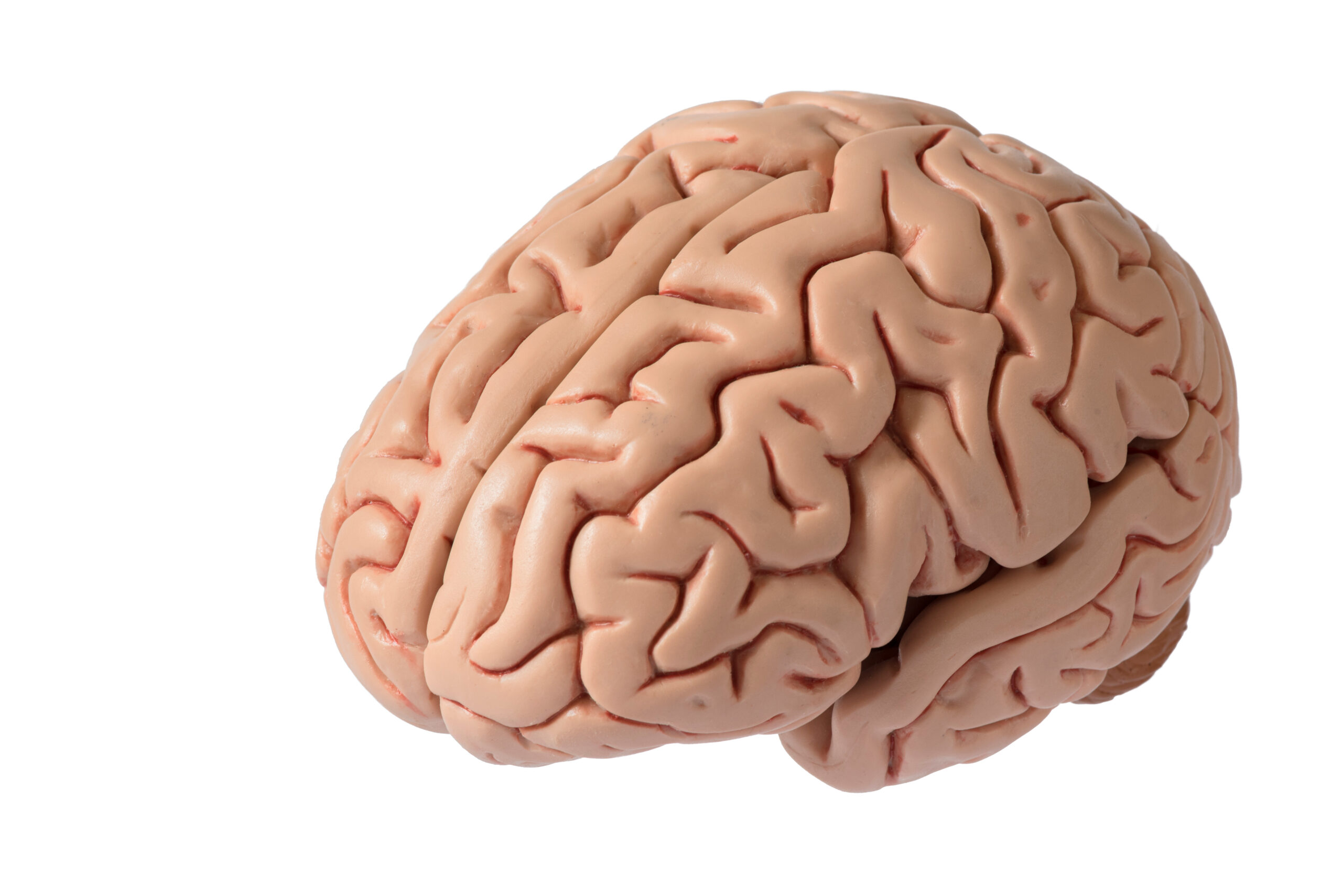Why unresolved trauma shows up in aging
Unresolved trauma is like a hidden weight carried deep inside, and as people grow older, this weight often becomes harder to ignore. Trauma that wasn’t fully dealt with earlier in life can start showing up more clearly during aging, affecting both the mind and body in ways that might surprise many.
When someone experiences trauma—whether from childhood abuse, neglect, or other painful events—their brain and nervous system react by staying on high alert. This means their body is always ready for danger even when there isn’t any immediate threat. Over time, this constant state of stress can make it difficult to manage emotions or feel calm. As people age, the ability to regulate these feelings may weaken further because the nervous system has been strained for so long.
The brain areas responsible for emotions, memory, and decision-making are especially affected by unresolved trauma. For example, parts like the amygdala (which handles fear responses) become overactive while others like the hippocampus (important for memory) may shrink or work less efficiently. This can lead to problems such as anxiety spikes, trouble remembering things clearly, or difficulty making choices—all of which tend to become more noticeable with age.
Physical health also suffers when trauma remains unhealed. Chronic stress from past wounds can cause headaches, muscle pain, digestive issues, and even contribute to diseases linked with inflammation or immune dysfunction. Older adults might find themselves dealing with these unexplained symptoms alongside emotional struggles without realizing they stem from old traumas.
Another reason unresolved trauma surfaces during aging is related to life changes common in later years—like retirement or losing loved ones—which reduce distractions and force individuals inward toward reflection on their lives. Without previous healing work done on traumatic memories and feelings of worthlessness or fear rooted in early experiences, these thoughts can resurface strongly now.
Moreover—and quite profoundly—trauma doesn’t just affect one generation; it can ripple through families biologically and emotionally across generations through patterns learned within relationships as well as possible biological changes passed down at birth.
Healing late in life is absolutely possible but requires courage because facing old pain after decades isn’t easy—it involves relearning safety inside oneself rather than avoiding memories altogether. Therapy offers a way forward by providing support needed to unpack those buried feelings safely so new patterns of peace and connection replace fear-based reactions built long ago.
In essence: unresolved trauma shows up more clearly during aging because its effects accumulate silently over time within our brains’ wiring and bodies’ responses—and because later life often brings moments where we must finally confront what was left behind instead of running from it anymore.





